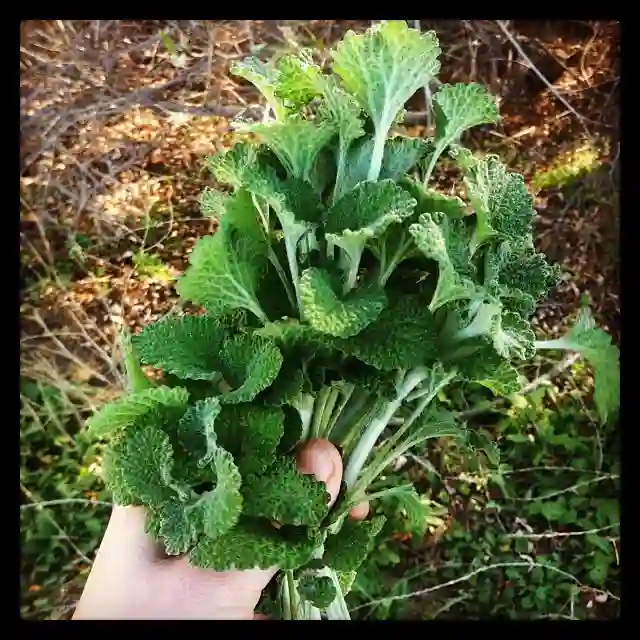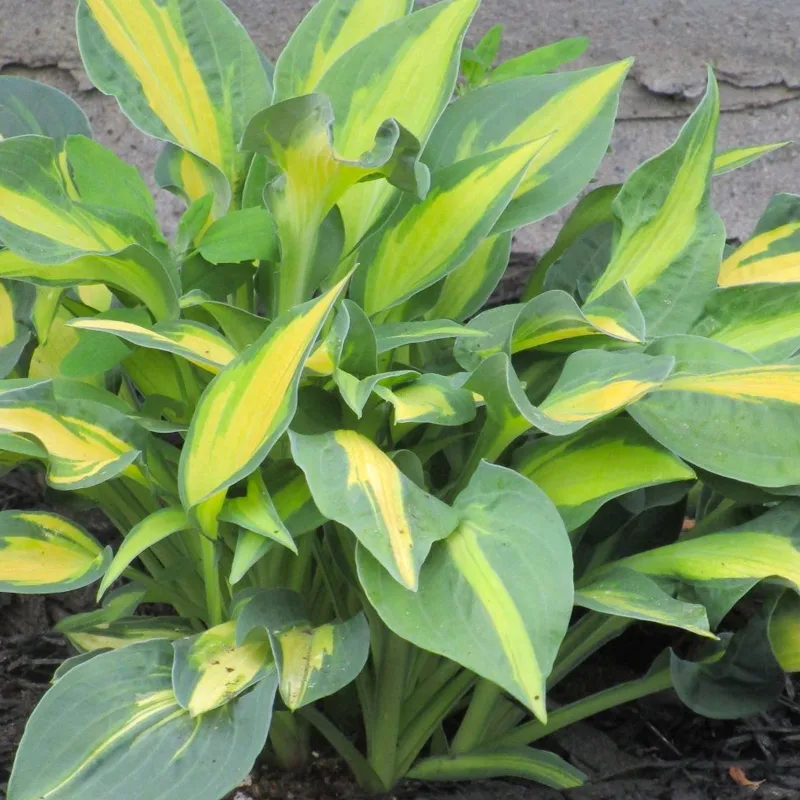My Fascination with the Parasitic Plant Genus Tristerix
As a botanist, I’ve always been drawn to the unusual and unexpected in the plant world. That’s why I find the genus Tristerix so captivating. These fascinating plants, belonging to the Loranthaceae family, are mistletoes native to the Andes mountains of South America. Unlike the familiar mistletoe we hang during the holidays, Tristerix species are often vibrant and showy, with striking red, orange, and yellow flowers that attract a variety of pollinators, particularly hummingbirds.
What truly sets Tristerix apart, however, is their parasitic lifestyle. They latch onto host plants, extracting water and nutrients for their survival. This unique adaptation has led to a fascinating co-evolutionary relationship between Tristerix and their hosts, shaping their morphology, physiology, and ecology.
Diverse Species within the Tristerix Genus
The Tristerix genus boasts a diverse array of species, each with its own unique characteristics and host preferences:
- Tristerix aphyllus: This species is particularly intriguing as it is a holoparasite, meaning it lacks chlorophyll and is entirely dependent on its host for nutrition. It is commonly known as the “cactus mistletoe” due to its preference for cacti as hosts.
- Tristerix corymbosus: This species is known for its vibrant red flowers and is a common sight in the Chilean Andes. It often parasitizes a variety of tree species.
- Tristerix penduliflorus: With its long, pendulous flowers, this species is a favorite among hummingbirds. It is commonly found in the forests of Ecuador and Peru.
- Tristerix pubescens: This species is characterized by its hairy leaves and stems. It is a generalist parasite, capable of infecting a wide range of host plants.
- Tristerix chodatianus (Pacz.) Kuijt
- Tristerix divaricatus Kuijt
- Tristerix grandiflorus (Ruiz & Pav.) Barlow & Wiens
- Tristerix longibracteatus (Desr.) Barlow & Wiens
- Tristerix peruvianus (Pacz.) Kuijt
- Tristerix peytonii Kuijt
- Tristerix rhodanthus Kuijt
- Tristerix secundus (Benth.) Kuijt
- Tristerix verticillatus (Ruiz & Pav.) Barlow & Wiens
Adaptations and Ecological Significance
Tristerix species have evolved a range of adaptations to thrive in their parasitic lifestyle. Their modified roots, known as haustoria, penetrate the host’s tissues, allowing them to access water and nutrients. They also produce sticky berries that are dispersed by birds, aiding in their spread to new hosts.
These plants play a crucial role in their ecosystems. Their flowers provide a valuable source of nectar for pollinators, while their berries are a food source for birds. Additionally, by parasitizing dominant tree species, they can help to regulate the composition and diversity of plant communities.
Conservation Concerns
Despite their ecological importance, some Tristerix species are facing threats due to habitat loss and degradation. As human activities continue to encroach upon their natural habitats, it is crucial to implement conservation measures to protect these fascinating plants and ensure their continued survival.
Future Research Directions
The study of Tristerix offers exciting avenues for future research. Further investigation into their physiology, genetics, and co-evolutionary relationships with their hosts can provide valuable insights into the intricacies of plant parasitism. Additionally, exploring the potential medicinal properties of these plants could lead to the discovery of new and beneficial compounds.
In conclusion, the genus Tristerix exemplifies the wonders of plant diversity and the remarkable adaptations that have evolved in response to unique ecological challenges. As a botanist, I am continually inspired by these plants and their intricate relationships with their environment. I believe that continued research and conservation efforts are essential to safeguard these fascinating species for generations to come.
If i die, water my plants!



